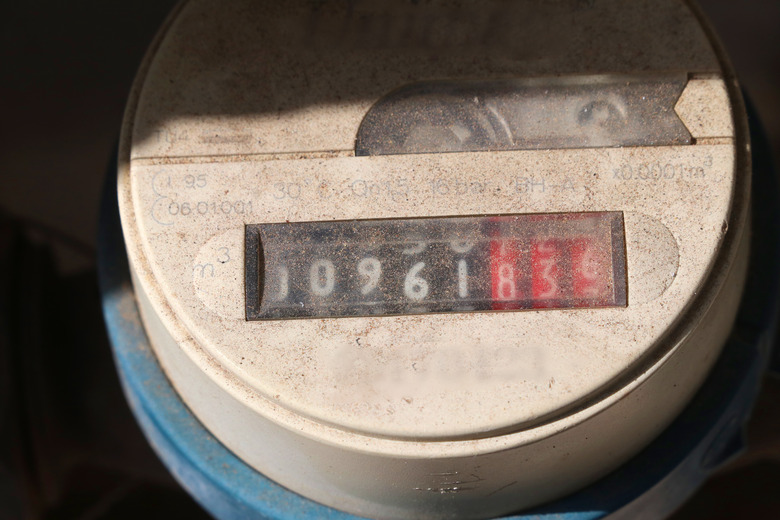How Does A Water Meter Work?
Every month you have to pay the dreaded water bill. Those who are efficient at using water will receive a lower bill, but for others who use copious amounts of water, their monthly statement will be higher. Having an understanding of how your water meter works may help you have more control over your water usage and how much you owe on your water bill.
What is a Water Counter?
What is a Water Counter?
The water bill shows how much water you use within the month based on the water meter reading. Water meters measure the flow of water that's entering your home each month. While the water counter measures the amount of water that's being used, it can't measure precisely where the water usage is coming from. That means that no matter how much water you use to wash the dishes, take a shower or drink, it's all measured the same.
Where is the Water Meter Located?
Where is the Water Meter Located?
Water meters are located either inside or outside of the property. If the meter is installed inside of the property, then you'll find the main control valve on the water line. If it's installed outside of the house, then it will either be in a meter pit on the lawn or under the sidewalk. If it's in a meter pit outside of the house, it should be in a box that's visibly marked with the words "water meter." A digital water meter is checked periodically because many factors, such as the environment, can affect the water meter. Depending on the neighborhood or how the town operates, the water meter should have a hinged cover or a screwed metal cover that can't be tampered with by someone other than a city employee or a water company.
What Are The Different Water Meter Types?
What Are The Different Water Meter Types?
The water meter's style, purpose and size will dictate how the meter works. If you have a domestic water meter, it can come in three different models: electromagnetic, mechanical insert and ultrasonic. Electromagnetic meters uses electrical voltage to figure out water usage. Magnetic fields and electrodes surround part of the pipe and when water comes through the pipeline, it creates an electric voltage. The electrodes will detect how much water is being generated and measure the voltage.
Mechanical insert meters are a more traditional type of meter. The meter has an impeller, which is a rotating device that rotates when water flows through it. The rotation is measured, but the water meter has to be full of water to get a correct reading. An ultrasonic meter (velocity meter) uses electronic sensors to measure the water velocity. After it measures the velocity, it will convert it to the flow rate. Two transducers (a device that converts variations in a physical quantity, such as water into an electrical signal) are located on the pipe, and this will calculate the velocity.
